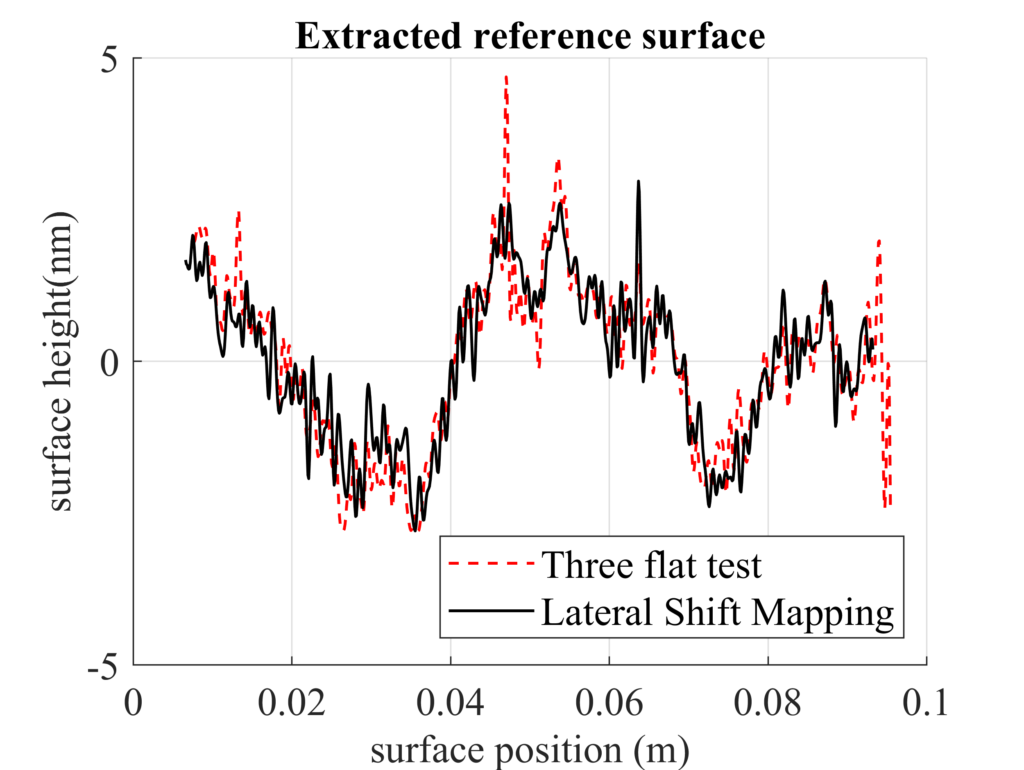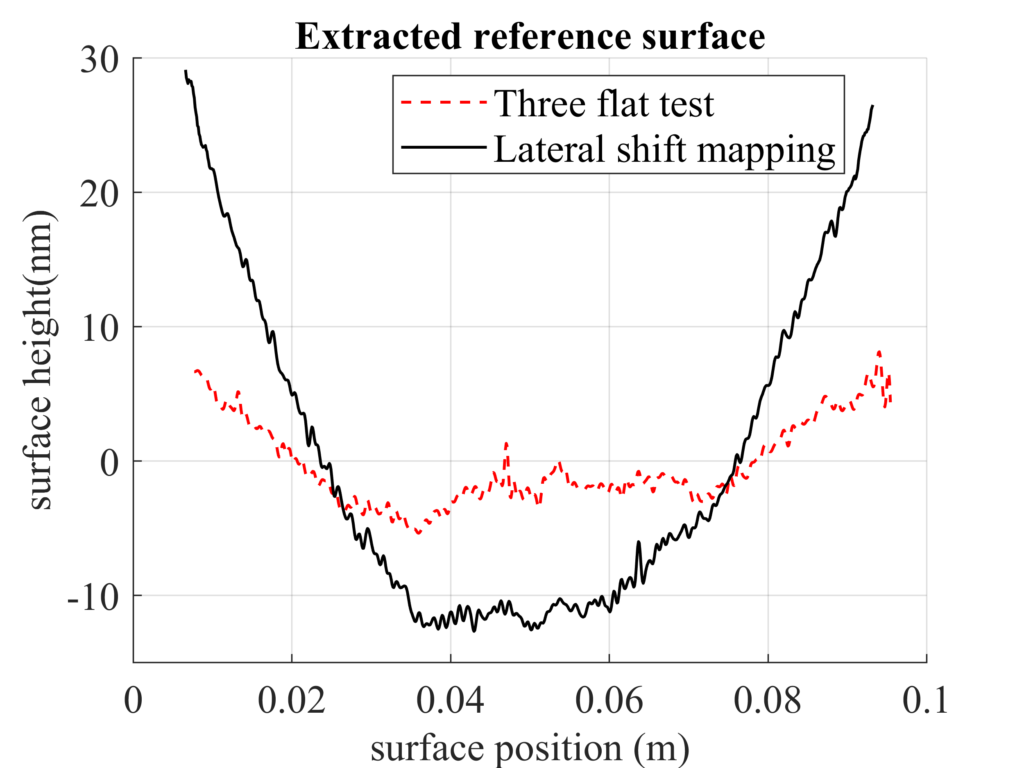X-ray mirror metrology
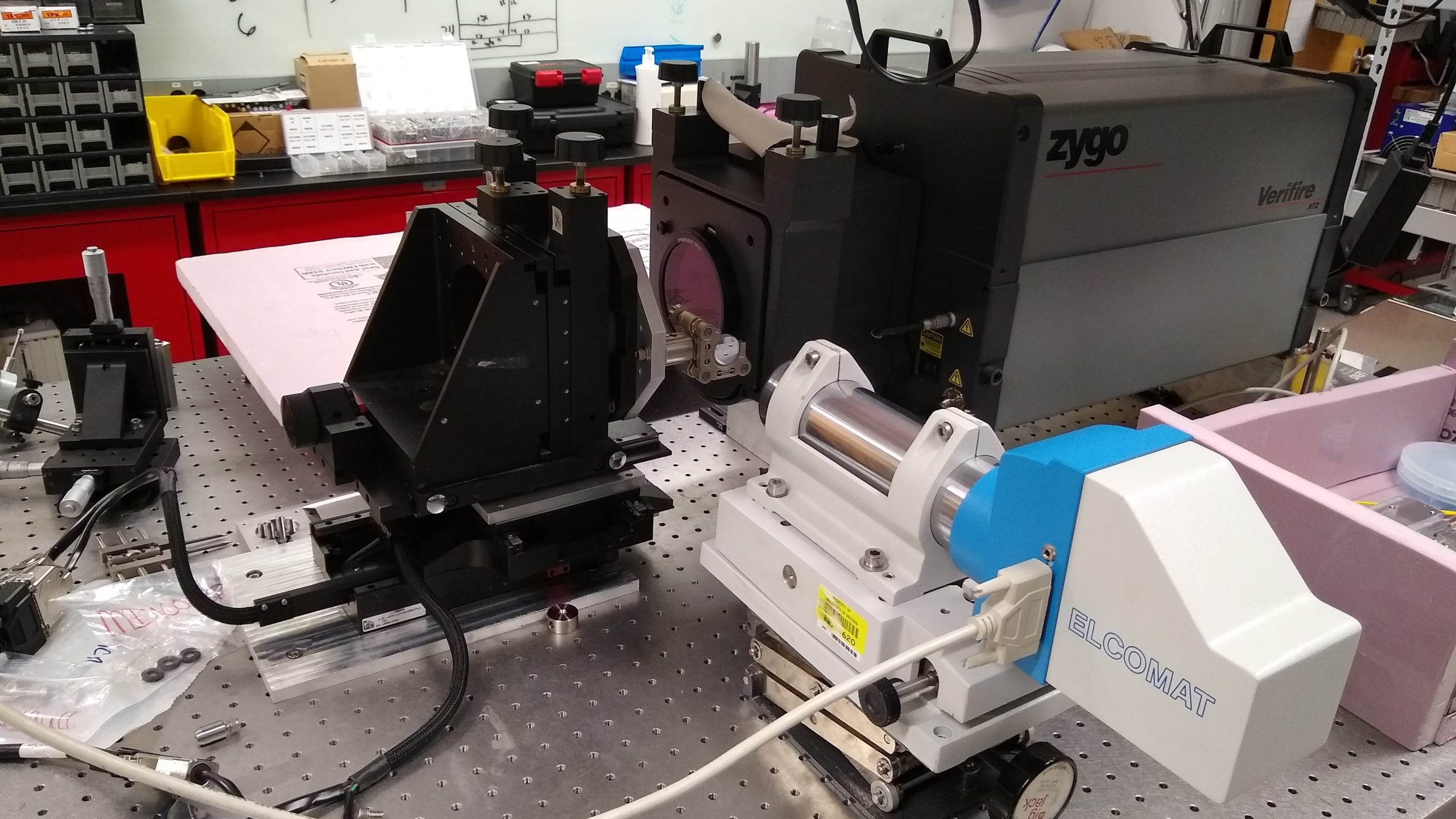
Currently, high-resolution X-ray telescope mirrors, such as for the Lynx X-ray Observatory concept, are measured using a Fizeau interferometer with a cylindrical null corrector. Uncertainties in the null wavefront directly couple into the surface measurement uncertainty. We are developing absolute surface metrology techniques to decouple these errors and extract the surface profile of the surface under test and the reference surface. In this method, which we call lateral shift mapping, we laterally shift the surface under test relative to the null multiple times. As the surface shifts, contributions to the measurement by the surface under test moves while the contributions due the reference are static. From this, the surface under test and the null can be decoupled.
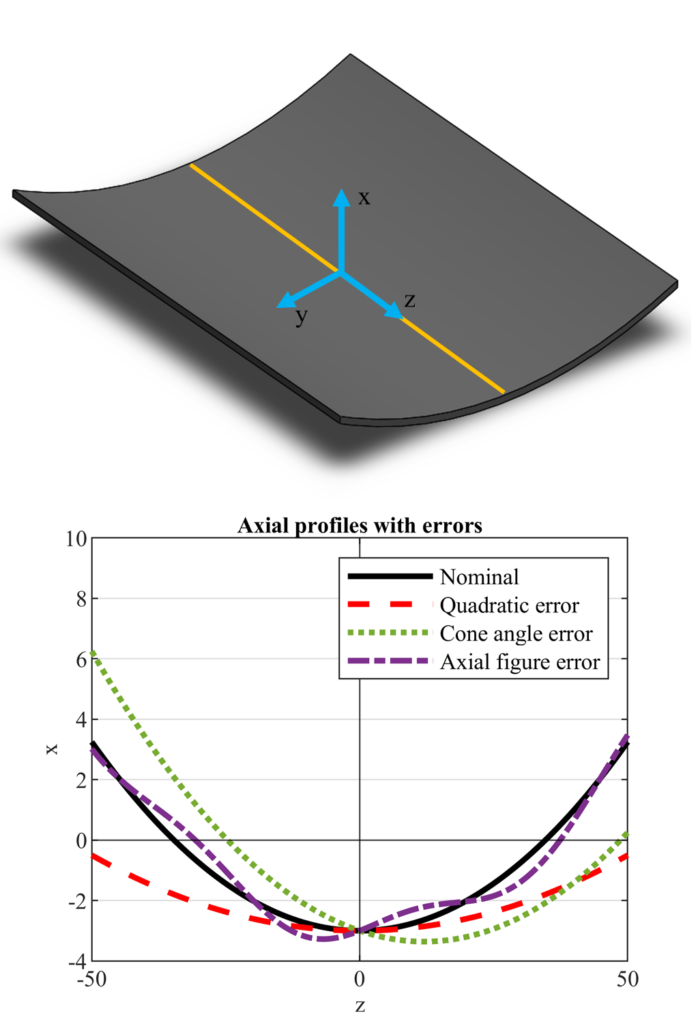
The axial surface profile
Here is a rendering of an X-ray telescope mirror. X-rays travel along the z-direction and reflect (glance) off the surface. This means that the surface profile along the z-direction is of utmost importance to mirror performance. The important term in this direction is approximately quadratic and the bottom graph shows typical errors in this z-direction. Because lateral shift mapping is an integration, linear errors in shifting can become quadratic errors in the extracted surface, masking the essential profile along the z-direction. We use an autocollimator to mitigate these errors and maintain accurate axial profile extraction.
Results
These are examples of surfaces extracted using lateral shift mapping. The left is the reference surface extracted artificially removing the tilt. Before moving onto X-ray mirrors, we performed experiments on optical flats. From this we see we have sub-nanometer agreement between our extracted surface and the surface measured using a three flat test (a well known and accepted absolute metrology technique). We cannot fully characterize the surface this way because by artificially removing the tilt we are blind to that essential quadratic term. On the right is the same surface extracted using the autocollimator to remove tilt. A large error is seen and we believe is due to an unmeasured drift in the system. We will continue to develop this method to meet the 5 nm uncertainty budget allowed for these mirrors.
Future work
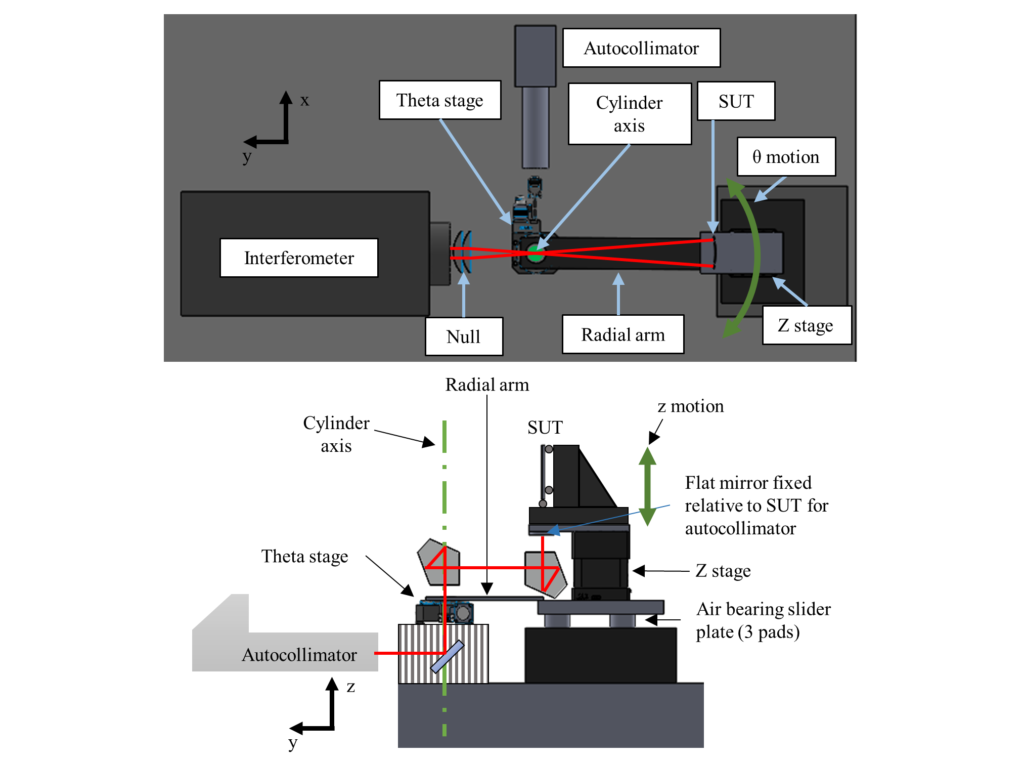
To make this method viable for X-ray telescope mirrors, we must extend lateral shift mapping to axial shift mapping. This will allow the characterization of cylindrical surfaces instead of flat surfaces. This will require the design of a z-theta stage, which will move the surface under test around the center of curvature of the mirror and along the axial profile. This stage will also have to incorporate the autocollimator to measure the quadratic term along the axial profile.
In addition to this, a cylindrical reference null will be designed. This null will either be refractive (cylindrical lenses) or diffractive (computer generated hologram)
Publications
- H. J. Wisniewski, R. K. Heilmann, M. L. Schattenburg, B. D. Chalifoux, “Lateral shift mapping metrology for X-ray telescope mirrors,” Proceedings of SPIE, Vol. 11822, p.118220X (2021).


